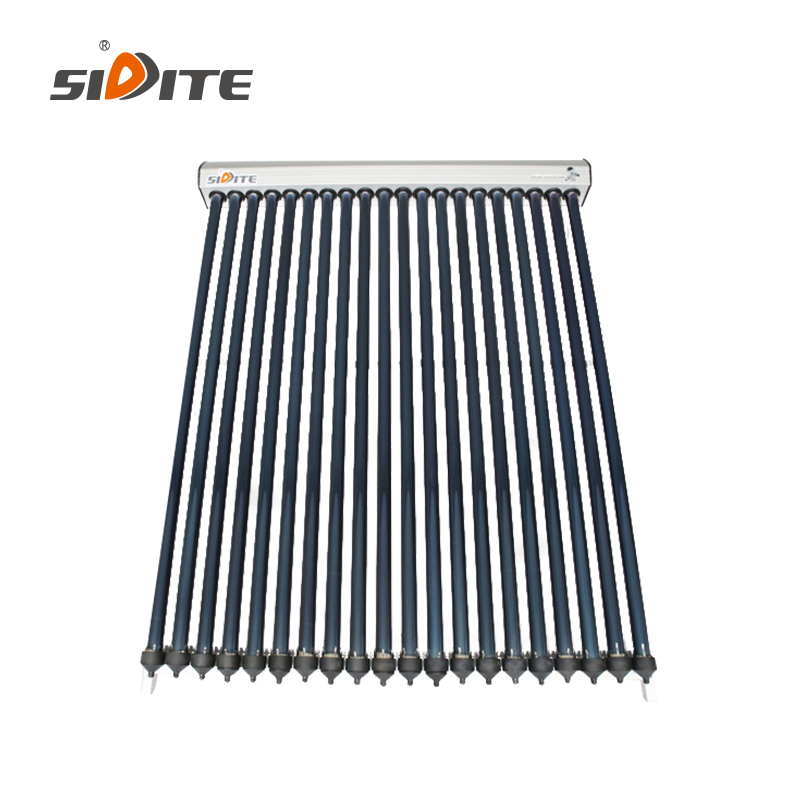Comparing Solar Water Heaters: Evacuated Tube vs. Flat Plate

As consumers become more eco-conscious, the market for renewable energy products has expanded, including the realm of solar water heaters. Two of the most popular types of solar collectors used in water heating systems are flat plate collectors and evacuated tube collectors. Each has its own advantages and potential drawbacks. Let's delve into a comparison to help you decide which might be best for your needs.
Flat Plate Solar Collectors
Flat plate collectors are the most common type of solar collectors for water heating. They consist of a dark flat-plate absorber, a transparent cover that reduces heat loss, a heat-transport fluid (water or antifreeze) to remove heat from the absorber, and a heat insulating backing.
Advantages
- Durability: Flat plate collectors are robust, require little maintenance, and have a long lifespan.
- Cost: They are generally less expensive than evacuated tube collectors, both in terms of initial cost and installation.
- Simplicity: Their design and operation are relatively simple, leading to fewer complications over time.
Disadvantages
- Efficiency: Flat plate collectors are not as efficient as evacuated tube models, particularly in colder conditions.
- Placement: They must be installed at a particular angle to maximize solar absorption, which could be a limitation depending on your roof’s structure and orientation.
Evacuated Tube Solar Collectors
Evacuated tube collectors consist of rows of parallel transparent glass tubes, each of which houses a flat or curved absorber plate. The space in the tube is a vacuum, which dramatically reduces heat loss.
Advantages
- Efficiency: Evacuated tube collectors are highly efficient and perform better in colder conditions. The vacuum within the tubes provides excellent insulation, retaining more heat.
- Versatility: These collectors can be installed at various angles, offering more flexibility and making them suitable for a wider range of roof types.
Disadvantages
- Cost: Evacuated tube collectors are typically more expensive than flat plate collectors.
- Durability: While they are designed to be durable, the tubes can be prone to damage and may need replacement over time.
In conclusion, both flat plate and evacuated tube solar collectors have their merits. Your choice depends on your specific needs, budget, and local climate. Consider factors such as initial costs, maintenance, durability, efficiency, and installation flexibility to make an informed decision. Consulting with a professional solar installer can also provide valuable insights tailored to your specific circumstances.